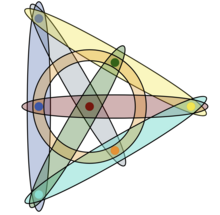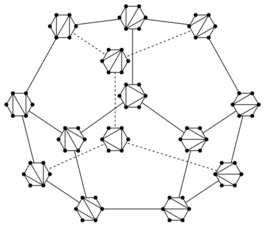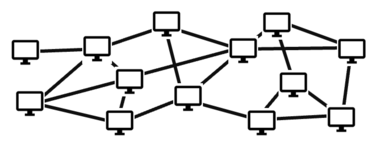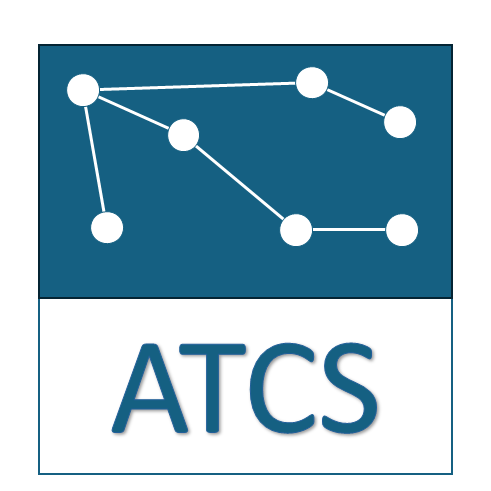Research@ATCS
Algorithms & Complexity

The theory of computation addresses fundamental questions in algorithm design and complexity, including classical problems like shortest path and routing algorithms, and serves as a core area of computer science. Graphs are a universal tool to model data and many real world problems. Our research groups study various aspects of graphs, the theory of computation and more generally algorithms.

Computational Geometry
Many real-world problems have some inherent geometric nature. With the growing demand for efficient algorithms, the field of computational geometry was established in the early 1970s. We study several aspects of the field, including discrete geometry, graph drawings, triangulations, combinatorial properties of geometric and topological graphs. Triangulations have played a major role in science, driving advancements in fields like computer graphics, geographic information systems, and finite element methods.
Constraint Satisfaction Problems
A broad range of problems in logic, combinatorics, and computer science can be described in a unified manner as the task of checking the satisfiability of systems of local constraints. A major challenge is to understand the complexity landscape of these constraint satisfaction problems (CSPs): which ones admit efficient algorithms, which are inherently hard, and how structural or algebraic properties of the constraints influence this divide. Research on CSPs has profoundly shaped the development of theoretical computer science, by offering a framework in which many questions that remain elusive in their full generality, such as understanding the boundary between tractability and NP-hardness, can be approached through concrete algebraic and analytical methods. Many of the central advances in algorithms and hardness of approximation, including the PCP theorem, the Unique Games Conjecture, and convex optimisation techniques, are intimately linked to the theory of CSPs. Beyond the classical exact satisfiability setting, which is now well understood, research on CSPs has expanded to approximation, counting, and quantum variants, each of which presents unique mathematical challenges
Distributed Computing
With the rise of distributed systems and large-scale networks, such as the Internet and sensor networks, it makes sense to adapt the theory of computation to explore distributed and decentralized computation. Research in this field focuses on understanding the complexity of these systems, often through classic graph problems, which help model real-world challenges and classify computational difficulty. Two key models, LOCAL and Massively Parallel Computing (MPC), are central to the study of efficient algorithms in distributed settings. The research aims to develop foundational complexity theories for these models and explore the connections between them, with the goal of improving computational efficiency and understanding the limits of decentralized computation.
People at TU Graz with TCS related research
- Institute of Geometry:
- Michael Kerber - Topological Data Analysis,
- Cesar Ceballos - Discrete Geometry and Algebraic Combinatorics,
- Institute of Discrete Mathematics:
- Mihyun Kang - Combinatorics, Random Structures, and Algorithms,
- Eranda Dragota-Celi - Problems in P, Combinatorial Optimization, and Robust Optimization,
- Bettina Klinz - Combinatorial Optimization, Graph Algorithms,
- Institute of Visual Computing:
- Tom Pock - Discrete and Continuous Optimization,
- Institute of Machine Learning and Neural Computation:
- Robert Legenstein - Neuromorphic Computing and Machine Learning,
- Robert Peharz - Probabilistic Machine Learning,
- Instute of Software Engineering and Artifial Intelligence:
- Johannes P. Wallner - Knowledge representation/reasoning.
- Johannes P. Wallner - Knowledge representation/reasoning.
Please contact us at office.atcs@tugraz.at if you think that your name should be listed here, but it isn't, and vice versa.
